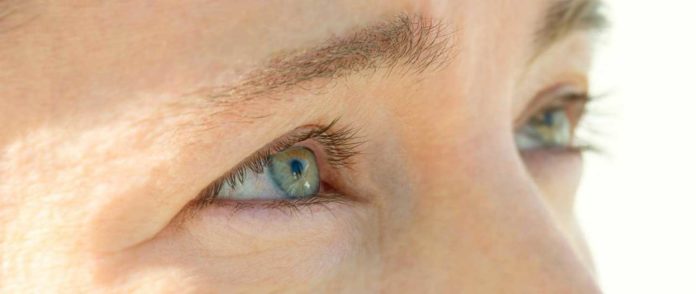Cloudy eyes, i.e., cataracts, are the common eye disease that forms in the eye’s lens. However, the exact processes leading to this condition are not fully understood.
Various reasons cause cloudy eyes. Since the lenses’ proteins are formed in the embryo and are not replaced, damage can accumulate throughout the long term, eventually covers the lens. That is the reason cataracts occur mainly in older people. A few people have a genetic predisposition to the eye condition, in which proteins in the lens mutate. In these cases, cataracts are present at birth or appear during childhood.
A team of researchers headed by the Technical University of Munich (TUM) has now discovered that the protein solution’s composition plays a decisive role.
Scientists studied strains of mice affected by hereditary cataracts.
Prof. Johannes Buchner of the Chair of Biotechnology at TUM said, “Until now, the prevailing view said that only the defective proteins in the eye were reacting with one another and forming clumps. But, we showed that in the mice with “genetic cataracts,” this was not the case.”
“We discovered that the mutated, unstable proteins in the lens were not there. They are eliminated immediately. Instead, the ‘healthy’ proteins clump together. Based on these new insights, our model says that the balance between the various proteins, or their ratios to one another, is essential. When one of these components is missing, the remaining ones interact and form clumps.”
“Many studies have been carried out to understand the causes of cataracts. But never before has there been such a comprehensive investigation of mice’s lenses, comparing wild populations and mutants. The new insights are an important step in the search for new treatment methods for cataracts. The most common method is surgery, in which artificial lenses are implanted in the eye.”
“If you understand exactly what is happening, you can also think about ways that might use medication to disrupt the bad interactions. But we have a long way to go – and first, we need to show that the proposed model also applies to the lens in the human eye.”
Journal Reference:
- Schmid, P.W.N., Lim, N.C.H., Peters, C., et al. Imbalances in the eye lens proteome are linked to cataract formation. Nat Struct Mol Biol 28, 143–151 (2021). DOI: 10.1038/s41594-020-00543-9
